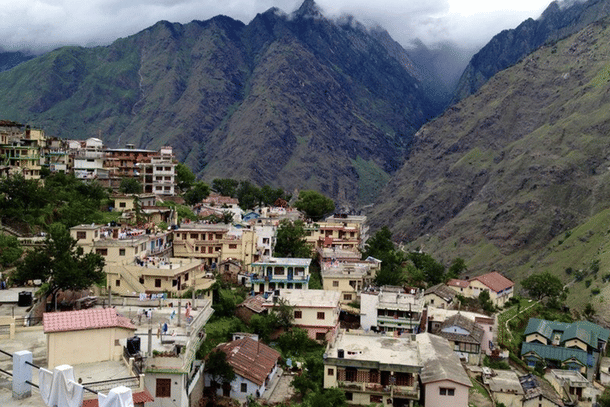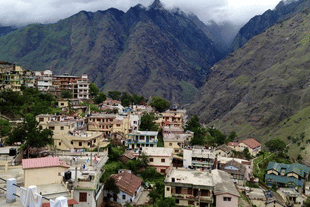Infrastructure
Joshimath Crisis: How Media Selectively Used Study Of Landslides On NH-7 To Fuel Infra Scepticism
Swarajya Staff
Jan 17, 2023, 12:02 PM | Updated 06:44 PM IST
Save & read from anywhere!
Bookmark stories for easy access on any device or the Swarajya app.


On Monday (16 January), multiple reports in the English-language media covered a study on the occurance of landslides along the National Highway (NH)-7, between Rishikesh and Joshimath, introduced for discussion at European Geosciences Union.
Most reports focused on the main finding of the study, which states that the researchers recorded 309 fully or partially road-blocking landslides along the 247-km-long road between Rishikesh and Joshimath.
This, the media reports pointed out in headlines, amounts to an average landslide intensity of 1.25 landslides per kilometer.
However, most media reports covering the study either completely ignored or played down important facts. The sensationalised reports about the study fueled scepticism about infrastructure development in India's border areas along the Himalayan frontier, which various studies over the past decades have identified as critical for defence.
One of the facts underplayed by media reports is that the study they cited was conducted "following exceptionally high rainfall in October and September 2022".
"Our analysis relied on a GPS-based survey of landslides while travelling from Rishikesh to Joshimath shortly after a period of anomalously high rainfall," the study states.
Excessive precipitation in high-altitude regions like the Himalayas can lead to landslides, regardless of whether or not infrastructure development, such as the widening of roads, is present in the vicinity.
Moreover, the study cites a previous report which recorded almost 300 landslides along the road over a decade ago.
"Sati et al., (2011) also report about ~300 landslides occurring along the road more than 10 years ago," the study says.
Another fact that was either understated or skipped altogether was the acknowledgement in the report that the "landslides have been previously described and attributed to the region’s fragility of slopes, focused rainfall and frequent seismicity (Sati et al., 2011)."
The report cites "road construction and widening" as one of the reasons for new landslides, apart from "environmental conditions". However, it also states that these landslides are often "shallow and small".





